Roofing Services in Pembury are essential for protecting your property’s value and safety—preventing leaks, damp, and costly energy loss. As trusted roofing specialists serving London and the Home Counties, we approach every project with full compliance, practical care, and a commitment to enduring performance.
With decades of experience, accreditations from Which Trusted Trader and CITB, and premium suppliers like Welsh Slate, ALM Lead, and Kemper, your property is in expert hands.
Book a free survey today and protect your property.

Neglecting your roof puts your property at risk—leaks cause damp, failed insulation leads to energy loss, and gradual issues can threaten structural integrity. Delaying action always drives up costs and risk.

Professional Roofing Services in Pembury resolve these threats, boosting weather protection, energy efficiency, and ensuring building regulation compliance. Homeowners gain peace of mind, landlords enjoy long-term value, and businesses benefit from safety and operational security. Proactive care is a secure investment for every property context.
Roofing Services in Pembury span installations, repairs, upgrades, and restorations for homes, businesses, and heritage properties. We prioritise long-term performance and compliance with Building Regulations, only using high-quality materials from trusted suppliers. Every service adapts to your property, delivered with safety, durability, and care.
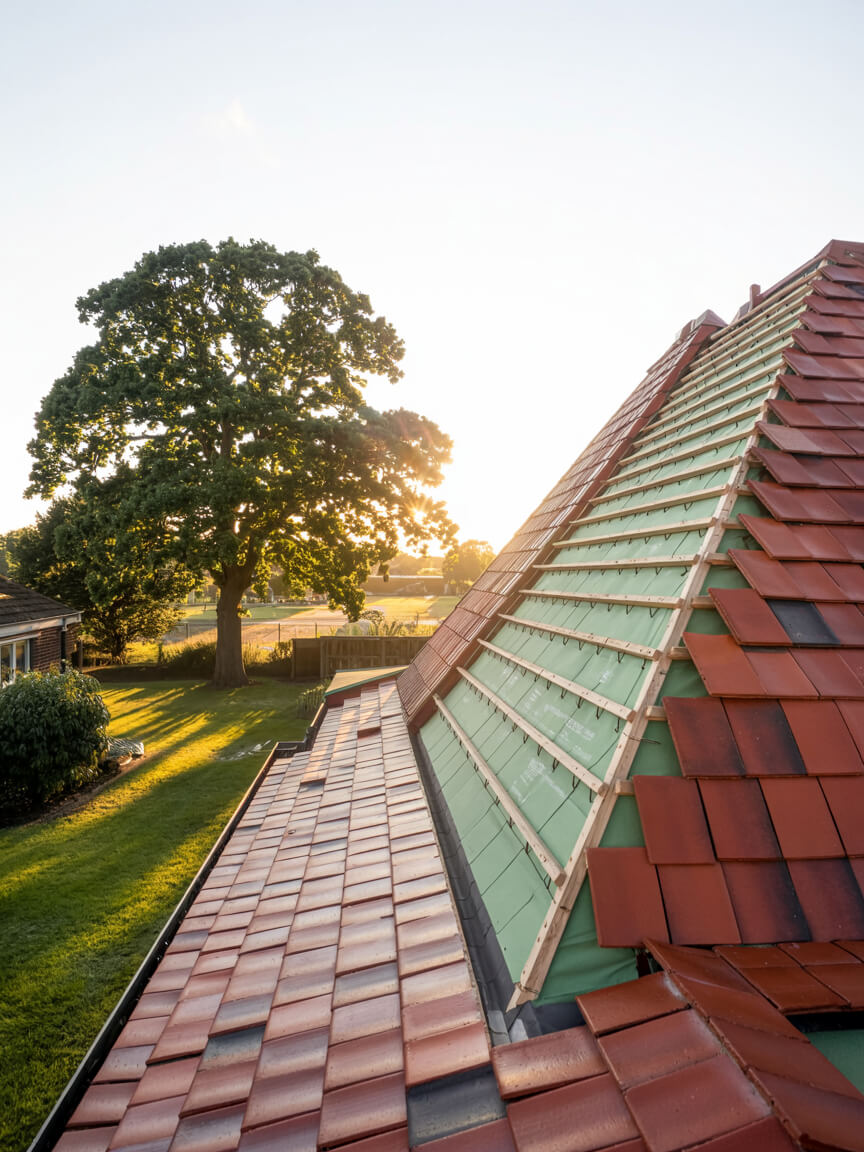
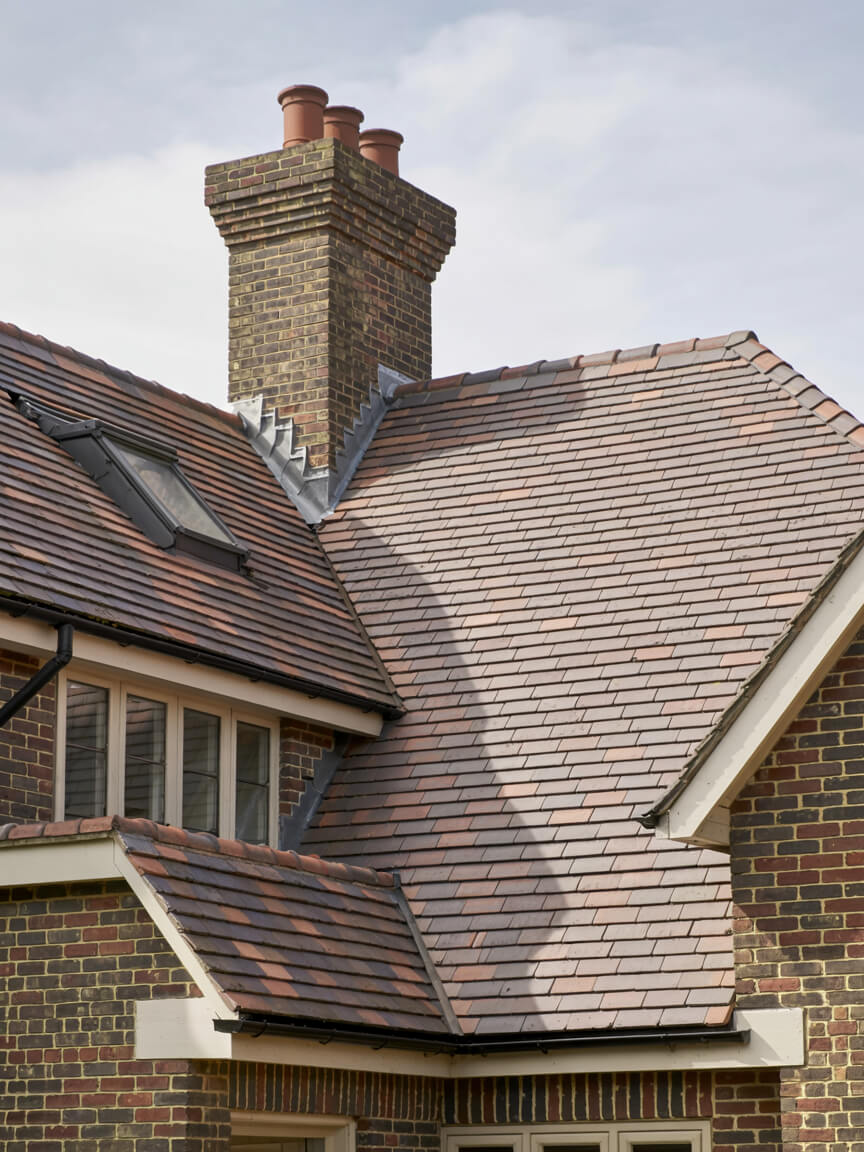
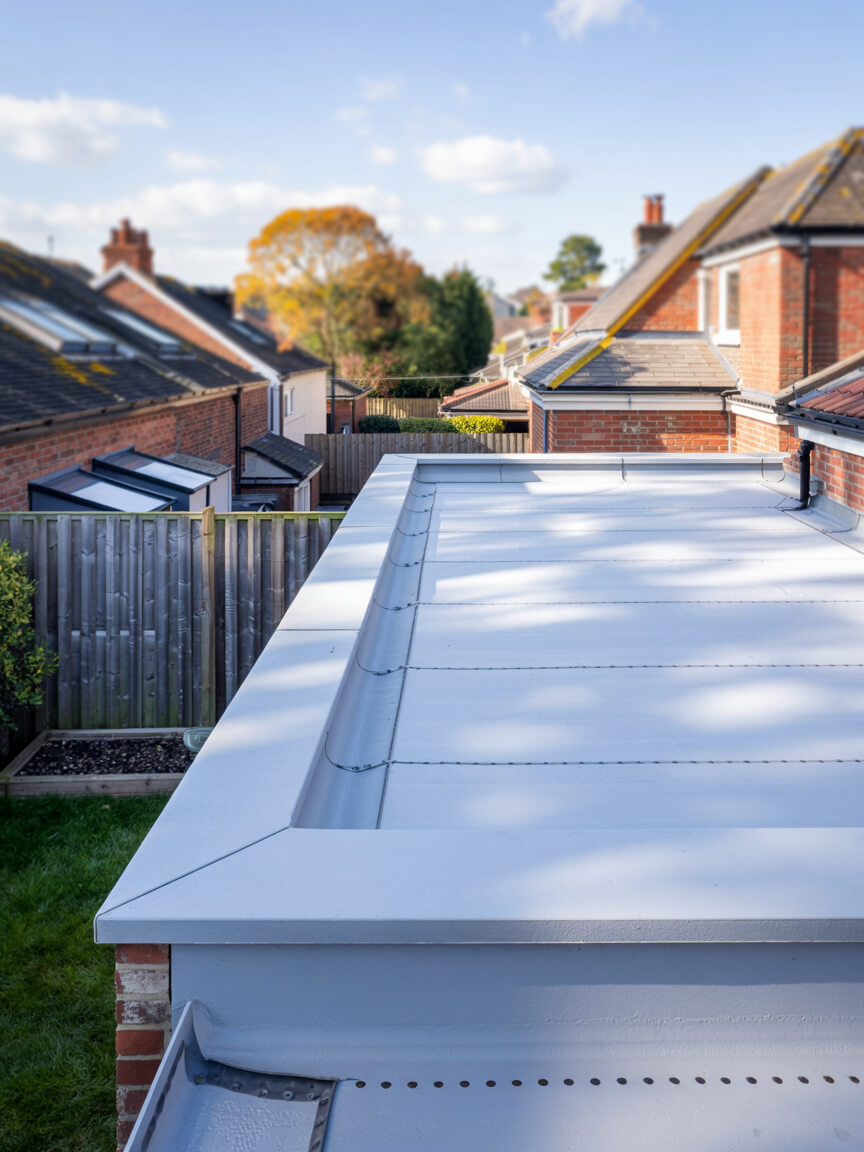
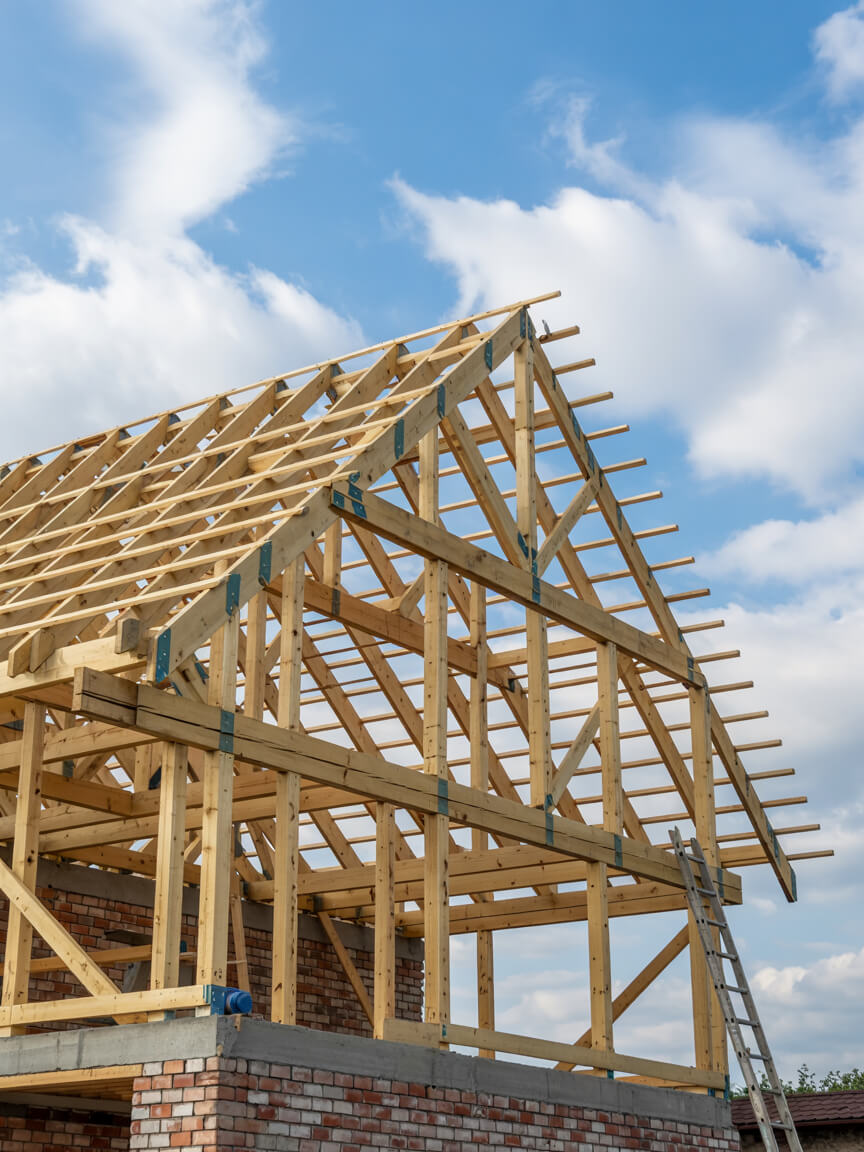
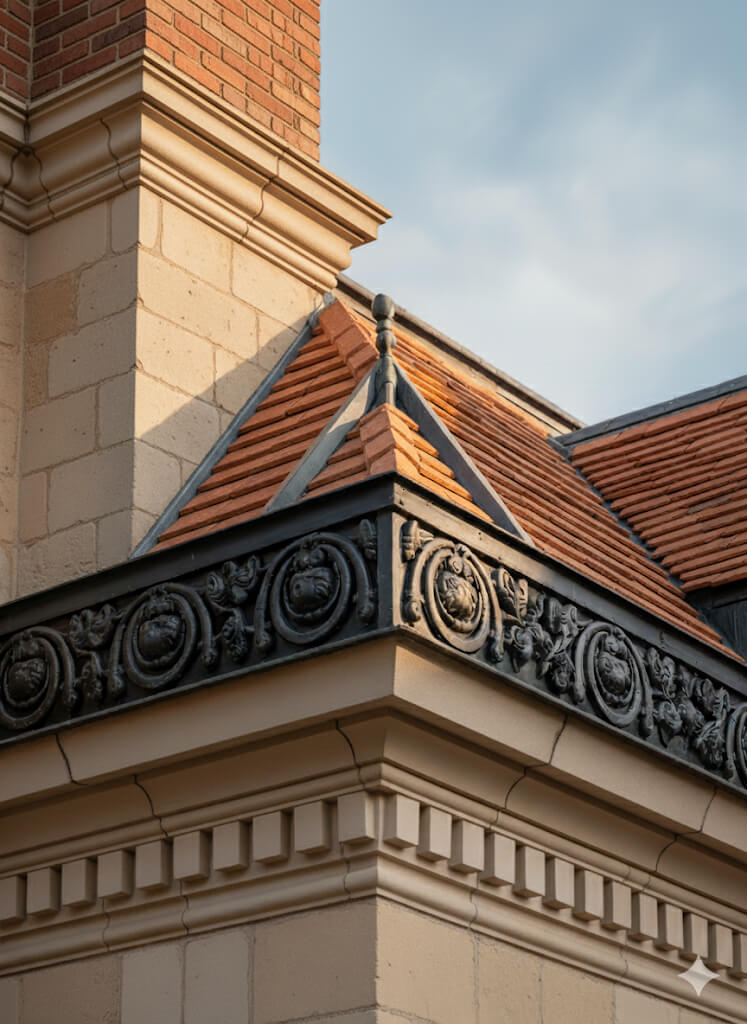
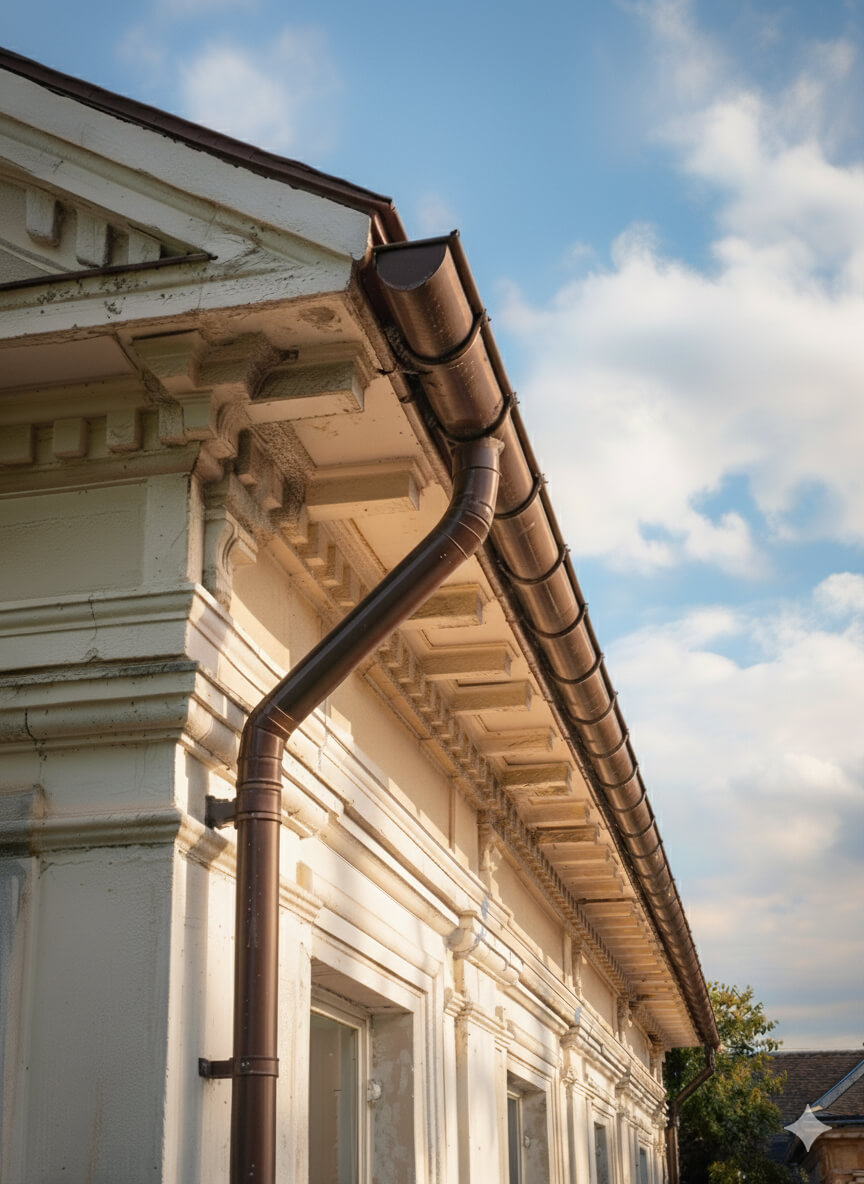


Every Roofing Services in Pembury project is tailored to your property type, roof structure, and environmental demands. This ensures regulation compliance, minimises disruption, and maximises long-term value. From homes and businesses to industrial and listed heritage sites, our flexible approach guarantees roofing solutions that fit unique needs while delivering safety, efficiency, and reliability.
Homes, extensions, and listed buildings.
Offices, retail, schools, and hospitality.
Warehouses, factories, and logistics sites.
Every Roofing Services in Pembury project follows proven steps with quality materials. Whether you need a new installation, upgrade, or repair, each layer adds durability, safety, and efficiency—protecting your property and meeting regulatory standards.
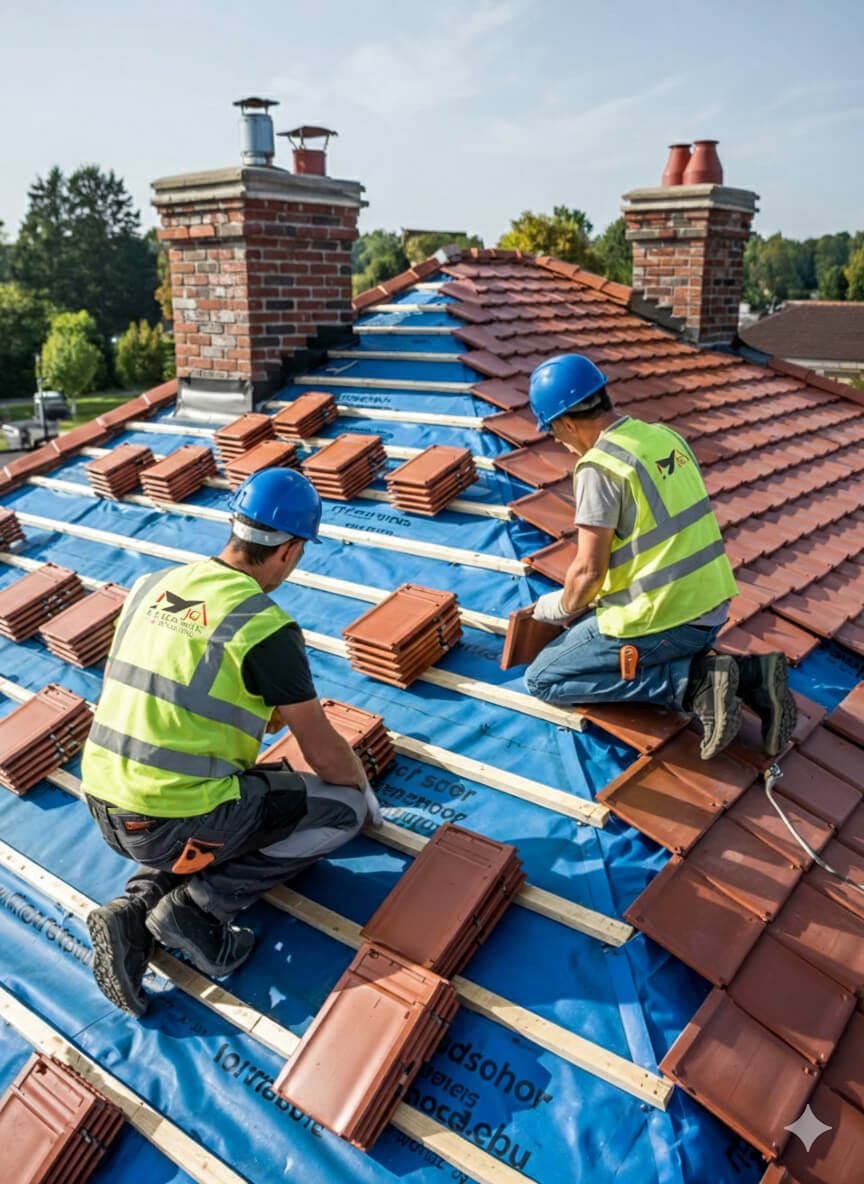
Get a free, no-obligation quote today.
Our experts are standing by to help you choose the perfect flat roofing solution.
⏱ Response within 24 hours guaranteed
Accredited by Which Trusted Trader, CITB, and approved by Kemper and Westwood, our team delivers safe, compliant, and warranty-protected Roofing Services in Pembury. These credentials mean guaranteed standards and assurance—consistently reinforced by client reviews praising our quality, professionalism, and trusted results.


Complete reroofing. Living in Singapore at the time and T was super responsive and communicative.
Replacement of lead box gutter and new flashing to parapet wall. I had an excellent experience using James and the team. He was very prompt in all aspects of communication and completed a first class job. Really pleased.
James completed some repairs on our roof and replaced some of our pebble dash by the roof as well. He was very thorough and fixed everything. He kept us really informed by taking photos and showing us what he did and keeping us updated. It also went onto our neighbours roof and he did the same fo...
We had a leak in our bedroom and James fixed the roof for us to stop it from leaking. All the work came with a warranty. The work that was carried out was good. James and his team were polite, and did all the work quickly and without too much interruption to our day-to-day lives. Would recommend ...
J G Leadworks have repaired and replaced the roofs and gulleys over our warehouse and workshops which have meant both areas are now watertight
James and team were incredibly responsive to my request to look at a serious leak issue on my flat roof. They did a very thorough investigation and explained in detail the issue and gave a fair quote. They were quick to book in and complete the work and have checked in afterwards a few times to m...
James was quick to respond to the initial contact and was able to work around some time constraints I had. He explained what needed doing clearly and was happy to answer follow up questions. He took pictures to show each stage and I feel confident in the work that was done by James and the team. ...
JG Roofing were very easy to work with. Their quote was sensible and they stuck to that figure. They completed many repairs to my roof including, rebuilding a leaded gutter, reinforcing rotten rafters, rebuilding a long felted gutter and felting parapet walls, resurfacing and felting a flat roof,...
Planning and legal checks protect you from costly errors, delays, and non-compliance, ensuring every roofing project meets regulatory and safety requirements.
Planning permission is often required for listed properties, conservation areas, or significant roof changes. All work must also meet Building Regulations—including Part A (structural safety) and Part L (energy efficiency)—for fully compliant, future-proofed installations.
We manage the process end-to-end: surveys, documentation, legal guidance, and liaising with authorities. Whether it’s a modern home or a heritage site, we ensure your project is delivered legally and safely, with minimal disruption for complete peace of mind.

Every project unites skilled workmanship with rigorously tested materials.
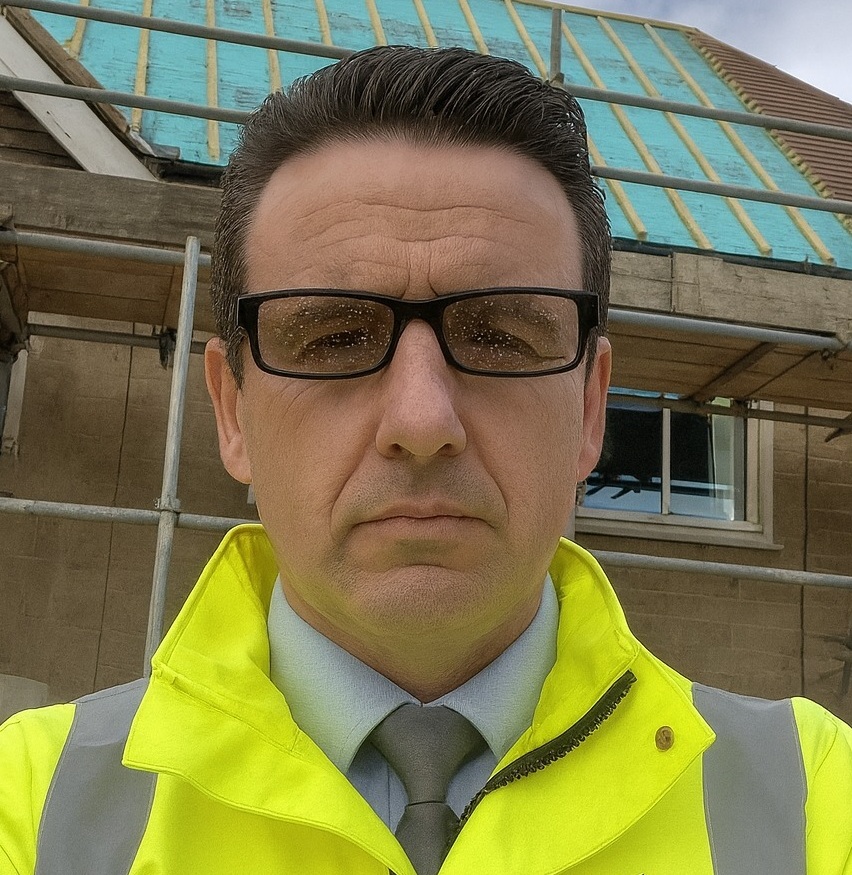
With 25 years of experience in lead sheet roofing, James is a trusted expert in heritage roofing, slate, and tiling. His knowledge of traditional methods, paired with modern compliance, makes him a go-to specialist for projects that demand both craftsmanship and durability.
Roofing Services in Pembury provides lasting protection, efficiency, and value, delivering durable, compliant roofing solutions that safeguard every property investment.
Selecting Roofing Services in Pembury means balancing durability, budget, compliance, and aesthetics to secure the best-fit solution for your property.
Why Clients Choose JG Leadwork and Roofing
With decades of trade experience, our teams understand the unique demands of London and Home Counties roofing. From heritage-listed properties to contemporary extensions, we adapt solutions to local regulations, weather conditions, and architectural styles with precision.
Accredited by Which Trusted Trader, CITB, and approved by Kemper, Westwood, IKO, ALM, and other leading suppliers.
These credentials guarantee safety, compliance, and access to manufacturer-backed warranties, giving clients peace of mind that their project meets the highest professional standards and benefits from warranty protection.
Our heritage projects use Welsh Slate and handmade clay tiles for authenticity, while leadwork is delivered to Lead Sheet Association (LSA) standards. Commercial installations employ Kemper and Westwood liquid systems for durability and efficiency. Each example demonstrates our reliability, blending traditional craftsmanship with modern performance.
Our workforce includes skilled roofers, heritage specialists, and safety-certified installers.
Every roofer holds NVQs, receives ongoing CPD training, and is qualified in both modern flat systems and traditional techniques, including slate and leadwork.
Team structure ensures projects run smoothly—surveyors identify needs, installers deliver with precision, and supervisors oversee compliance. This approach minimises disruption, accelerates timelines, and guarantees consistent quality across residential, commercial, and industrial roofing projects.
Every project is regulation-compliant, warranty-backed, and focused on long-term results.
Client testimonials and case studies confirm our track record, with projects praised for professionalism, durability, and customer support.
We go beyond installation with aftercare packages, maintenance support, and open communication at every stage. Property owners gain reassurance that JG Leadwork and Roofing stands behind its work. Book a free survey today and discover why homeowners, landlords, and businesses trust us with their roofing.

Get a free quote, rapid response, and expert service across London and the Home Counties. Contacting JG Leadwork and Roofing is your simple first step to dependable roofing solutions.
We source materials from leading suppliers including Supreme and IKO felt systems, Kemper, Westwood and Proteus liquid systems, Welsh Slate, handmade clay tiles, ALM Lead Mills, and Nicholson Air Track. These trusted brands guarantee durability, compliance, and warranty-backed performance across flat, pitched, heritage, and commercial roofing projects.
.
.
For homes, Roofing Services in Pembury safeguards comfort and enhances kerb appeal with durable, energy-efficient systems. Whether modern extensions or traditional pitched roofs, tailored solutions improve living standards and protect property value.
For businesses, Roofing Services in Pembury delivers cost-effective, large-scale installations with minimal disruption. Projects are planned around operations, with safety compliance, energy performance, and flexible scheduling built in—supporting offices, retail, schools, and industrial facilities with reliable, regulation-ready outcomes.
For heritage properties, Roofing Services in Pembury combines authentic materials such as Welsh slate, handmade clay tiles, and ALM lead with skilled conservation techniques. Listed building consent and conservation requirements are fully managed, ensuring traditional character is preserved while integrating modern weatherproofing. This careful balance provides long-term durability without compromising historic integrity or aesthetic value.
JG Leadwork and Roofing delivers Roofing Services in Pembury across housing, commercial, heritage, and public sectors. Every industry comes with unique requirements, from safety and compliance to efficiency and conservation. Our adaptability ensures projects are delivered with precision and professionalism—whether safeguarding homes, supporting business continuity, preserving history, or protecting critical public and healthcare facilities.
Durable roofing installed with minimal disruption, ensuring safe, regulation-compliant workspaces for staff and visitors.
High-standard, compliance-focused solutions protect community facilities while meeting strict safety and regulatory obligations.
Heavy-duty roofing tailored for wide spans, ventilation, and long-term maintenance efficiency.
Authentic materials and sensitive methods preserve historic character while adding modern protection.
Weatherproof systems that enhance kerb appeal and guarantee uninterrupted trading for outlets.
Tailored roofing improves guest comfort, safety, and ambience across hotels, restaurants, and venues.
Safe, durable systems designed for schools and universities with minimal learning disruption.
Specialist roofing solutions built for hygiene, safety, and regulatory compliance in medical environments.
Our team of NVQ-qualified roofers, LSTA-trained specialists, and health & safety-compliant professionals bring decades of combined experience. Every project is delivered with meticulous attention to detail, ensuring safe practices and consistent quality across flat, pitched, heritage, and commercial roofing disciplines.
Expertise includes heritage leadwork, slate and tile roofing, modern flat systems, and drone-assisted roof surveys. Ongoing CPD training ensures adaptability to both traditional craftsmanship and the latest innovations—giving clients confidence that every roof is built or repaired with proven skill and care.

A thorough survey highlights existing issues, structural considerations, and upgrade opportunities, ensuring the best-fit solution is identified from the very beginning.
Transparent, itemised quotes detail costs, timelines, and materials—giving you complete clarity and confidence before work starts, with no hidden surprises.
Scaffolding, access solutions, and robust safety measures are put in place to safeguard both property and people throughout the project.
Skilled roofers complete the work using accredited materials and proven techniques, delivering durable, compliant results while keeping disruption to a minimum—whether for repairs, replacements, or new installations.
Each stage is inspected against manufacturer standards and Building Regulations, with photographic documentation provided for transparency and peace of mind.
Each stage is inspected against manufacturer standards and Building Regulations, with photographic documentation provided for transparency and peace of mind.
In a competitive roofing market, many providers look the same on paper. JG Leadwork and Roofing stands out through proven expertise, accredited methods, and specialist techniques. Our combination of traditional craftsmanship and modern technology makes us the safer, smarter choice across residential, commercial, industrial, and heritage projects.
In a competitive roofing market, many providers look the same on paper. JG Leadwork and Roofing stands out through proven expertise, accredited methods, and specialist techniques. Our combination of traditional craftsmanship and modern technology makes us the safer, smarter choice across residential, commercial, industrial, and heritage projects.

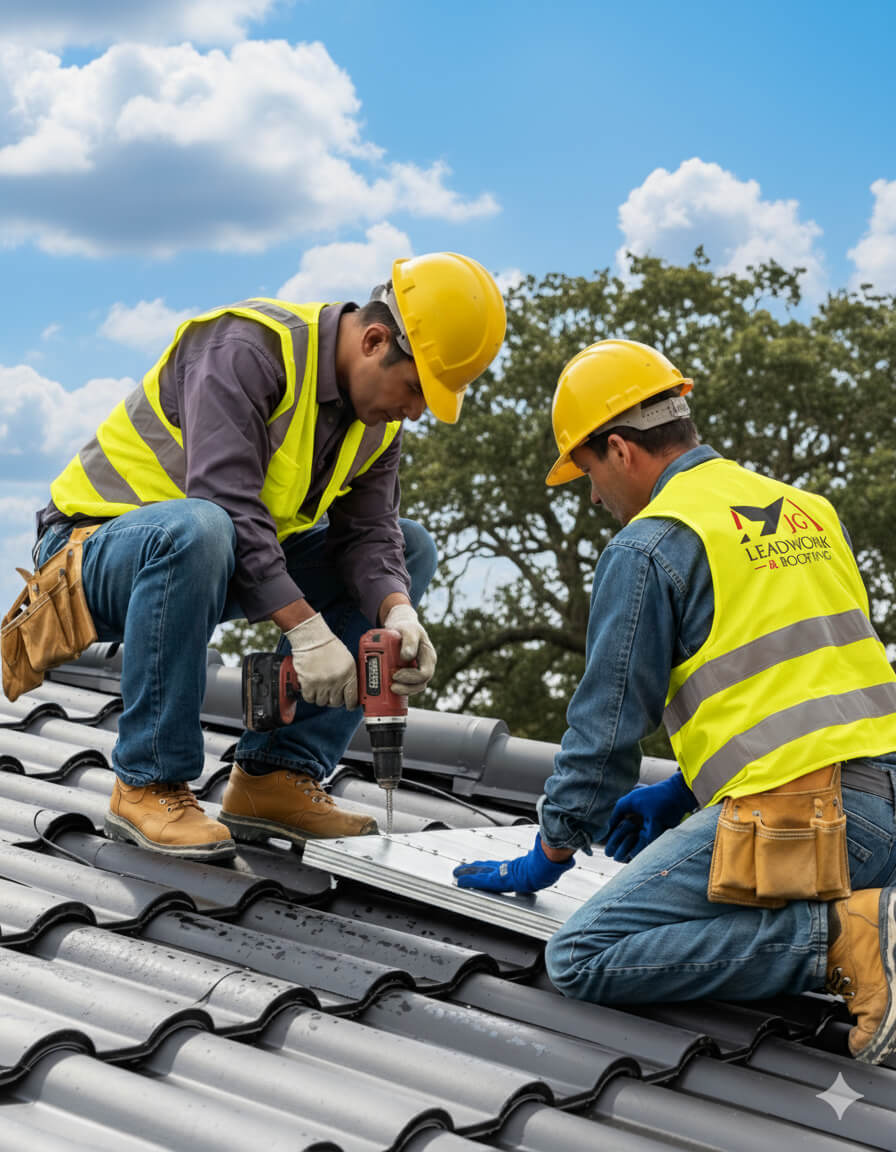
At JG Leadwork and Roofing, every project follows a structured QA process. Each stage—materials, installation, safety, and final sign-off—is measured against manufacturer specifications and UK Building Regulations to ensure durability, compliance, and warranty-backed performance across all roofing services.
Projects are only signed off once all QA checks are complete, giving clients confidence in long-term performance, structural safety, and insurance-backed peace of mind.
Every Roofing Services in Pembury project by JG Leadwork and Roofing is delivered in strict alignment with UK Building Regulations and recognised frameworks. This ensures structural safety, energy efficiency, durability, and protects warranties and insurance coverage across residential, commercial, industrial, and heritage properties.
Clients can be confident their project is completed legally, safely, and insurance-ready—delivering long-term performance, compliance assurance, and complete peace of mind.
Property owners often wonder about Roofing Services in Pembury—from costs and timescales to permissions. Below, you’ll find straightforward, trustworthy answers to the most frequent and practical queries.
For property owners, architects, and developers in London or across the UK, the choice between slate and tile roofing directly impacts budget, compliance, and overall building design. Costs vary considerably depending on the material selected, roofing standards, local regulations, and the structural requirements of the property. By knowing how these elements interact, you can more accurately plan budgets, achieve full compliance with BS 5534 and Part L, and invest in a roof system that delivers durability and value.
For those seeking either the longevity and prestige of natural slate or the affordability and range of concrete tiles, it’s worth understanding the full breakdown of costs and decision drivers. Below, you’ll find the major factors that influence comparative costs and regulatory requirements when choosing between slate and tile roofing in the UK.
The greatest price difference lies in the material cost. Natural slate—especially if sourced from UK quarries—costs markedly more due to extraction, grading, and transport. Expect the materials alone to cost £25–£40 per m² for quality slate. Concrete tiles are usually the lowest-priced option at £10–£15 per m², while clay tiles typically fall in between at £16–£30 per m².
Natural slate is heavier than most tiles, often requiring an assessment of the building’s load capacity—especially for older properties. Both slate and tiles must be fire- and water-resistant according to BS 5534 (“Slating and tiling for pitched roofs”). In some conservation areas, the use of artificial or imported slate may not be allowed, influencing both choice and cost.
Installing a slate roof is more demanding, requiring skilled slaters and precise laying patterns. Each piece is typically fixed by hand with special nails, and additional waste is generated through breakage and trimming. These factors push up installation costs to £60–£100 per m² for slate, compared to around £40–£60 per m² for most interlocking tile options.
Both roofing types must comply with BS 5534, which sets requirements for fixings, minimum lap, and wind resistance. In London especially, wind load calculations and secure mechanical fixings are required for regulatory approval. Heritage or listed buildings may require lime mortar bedding and traditional fixing techniques, further impacting installation budgets.
UK regulations also affect material selection and pricing. Both options must meet Part L standards, which require minimum insulation values called U-values—a lower U-value means less heat loss through the roof. Re-roofing often means upgrading insulation, which raises total project costs. Not all natural slates, particularly imported varieties, have the proper CE marking or test certification, creating obstacles for compliance in the planning process.
Properties within conservation areas or those listed for heritage value often compel the use of certain natural slates, sometimes from named quarries, eliminating cheaper tile options from consideration. In less restricted settings, cost-effective tiles or slate-effect alternatives provide similar appearance at lower prices and with an easier approval process.
A comparison clarifies the main decision points.
| Factor | Slate Roofing | Tile Roofing (Concrete/Clay) | Why it matters |
|---|---|---|---|
| Material Cost (per m²) | £25–£40 (natural) | £10–£30 (concrete/clay) | Budget impact; long-term value |
| Installation Cost (per m²) | £60–£100 (high skill, slow) | £40–£60 (faster, less specialised) | Labour, time, build programme |
| Weight | Heavy (structural assessment needed) | Varies; often lighter | Roof structure, project feasibility |
| Regulations | BS 5534, possible conservation rules | BS 5534, fewer planning hurdles | Compliance, approvals |
| Insulation Impact | May need extra steps with slate cuts | Usually easier layered with tile | Re-roofing = Part L U-value target |
Begin with a professional roof survey or structural assessment that considers both local planning requirements and building regulations. Check for heritage status, conservation area restrictions, and the building’s ability to support heavier materials. Obtain detailed quotations that account for both initial cost and long-term maintenance, weighing them against visual appeal, life expectancy, and compliance.
Slate roofing involves higher initial spend and more complex compliance, but may deliver 50–100 years of service life. Tile roofing offers budget resilience and simplicity, with lifespans usually between 30–60 years. Ultimately, the best choice balances regulatory demands, structural suitability, and the priorities of the owner or developer.
The time required to instal a new roof in the UK is influenced by the type of roofing system, property size, build complexity, and the notoriously variable weather. For a typical family home, pitched roof works are often finished within one to two weeks in fair conditions, while smaller flat roofs may only take a few days. Heritage buildings or commercial sites generally demand longer schedules due to bespoke materials and stringent standards. Understanding timescales is important for budget planning, minimising disruption, and safeguarding the structure—factors relevant whether you are a homeowner, landlord, site manager, or heritage custodian.
Delays are most frequently caused by poor access, unpredictable weather, or discovering hidden issues like rotten timbers when work begins. Occupied properties also require extra planning for safety, resident welfare, and regular updates.
Each roof project’s timeline is dictated by its design, materials, and scope:
A standard three-bedroom home usually takes 7–12 working days for a full re-roof:
A small extension or garage might be water-tight in 2–4 days; roofs over larger buildings stretch to 5–7 working days.
Where hand–cut slate, lime mortars, or ornate leadwork are required, expect 2–4 weeks, especially if permissions and technical supervision are involved.
Many property and environmental features affect the programme for roof works:
Complexities like large spans, valleys, or dormers mean more installation time.
Houses in tight terraces or conservation zones may need longer for scaffolds or materials handling.
Rain, frost, or high winds disrupt work frequently. Wet weather stalls membrane laying or tile fitting, while mortar application cannot go ahead during hard frosts due to the risk of freeze–thaw cycle damage.
Listed properties involve tight regulations and extra steps for material matching or inspection, often adding weeks to start and finish times.
Long-term durability relies on routine checks and basic care:
Simple steps catch cracks, slips or pooling water early—dramatically reducing the risk of leaks or rot. Keeping records (photos and notes) also helps prove care for insurance and warranty claims.
| Material | Typical Lifespan | Inspection Frequency | Maintenance Needs |
|---|---|---|---|
| Slate | 80–100 years | Every 5 years | Replace cracked slates, clear moss |
| Clay Tile | 50–70 years | Every 5 years | Inspect for breakage, fix ridges |
| Concrete Tile | 40–60 years | Every 3–5 years | Look for cracks, clean gutters |
| Felt (BUR) | 10–20 years | Every 2 years | Patch splits, reseal joints |
| GRP/Fibreglass | 25–40 years | Every 3 years | Clean outlets, reseal trims as required |
| EPDM Rubber | 20–30 years | Every 2 years | Check seams, clear loose debris |
Material type and consistent care make the difference. On larger flat roofs, features like thermal expansion joints (engineered gaps for temperature-driven movement) need checking to prevent water ingress and cracking. Sticking to inspection intervals and resolving faults promptly is the surest way to avoid major repair costs and keep your warranty valid.
Understanding the true cost of a new roof or repair—and what protects that investment—is essential for anyone overseeing property in Pembury. Homeowners need price clarity and strong warranty backing to avoid future regrets; landlords and commercial managers rely on reputable installers for predictable budgeting and legal compliance. Beyond immediate fixes, a properly installed, warranty-protected roof reduces risk, boosts property value, and guards against expensive headaches later.
Multiple factors combine to shape roofing costs in Pembury:
| Service Type | Typical Range (UK) | Key Influences |
|---|---|---|
| Roof Repair | £250 – £1,200 | Damage type, access, materials |
| Roof Replacement | £5,000 – £15,000+ | Size, structure, insulation, finish |
Emergency callouts or heritage restorations may run higher, driven by access needs or specialist regulatory standards.
A trusted roofing contractor will offer an insurance-backed warranty (usually 10–20 years). Coverage extends beyond just materials—tiles, membranes, insulation—and typically includes both workmanship and, at higher tiers, remedial structural faults. Why does this matter?
Omitting a robust warranty brings exposure to costly future disputes, failed insurance surveys, and fines for non-compliance.
Choosing an accredited installer is much more than a compliance formality. Credentials like NVQs in Roofing, CITB training badges, or membership in schemes such as Which? Trusted Trader and the National Federation of Roofing Contractors prove:
Always ask for up-to-date certifications, adequate insurance, and proof of recent projects—these are your assurance that the roofing will stand up to inspection.
Compromising on process or specification often backfires. Typical warning signs:
Lower upfront costs can come at a steep price:
When shortcuts are taken, savings tend to evaporate, replaced by much bigger liabilities and the prospect of costly legal or regulatory fallout. Focusing on clear costing, genuine warranties, and certified installers offers the best possible protection for your property investment.
A leaking or damaged roof should be addressed as soon as the issue becomes apparent, especially during or just after storms. Immediate attention isn’t just about comfort—timing directly influences safety, repair costs, and even insurance coverage. The risks of escalation are highest right after severe weather or when signs like active leaks, sagging ceilings, or missing tiles appear. Left unchecked, even minor roof faults can progress quickly, leading to far greater expense and disruption.
Delays often allow water ingress to compromise insulation, interior structures, and electrical safety—raising both safety and financial stakes. Insurance firms may also set strict notification deadlines, making early action essential to secure your claim.
Some roofing problems demand rapid intervention—often within a few hours or days. Severe weather events can dislodge tiles, tear felt, or cause immediate water ingress, which soaks insulation, damages ceilings, and poses an acute risk to occupants and electrics. When you spot active leaks, sagging ceilings, or visible light through roof structures, the situation is urgent.
Initial steps often include emergency tarping, patching, or temporary sealing. These stabilise the situation, prevent interior damage, and buy time for a safe, permanent solution. Once weather permits or more extensive repairs can be scheduled, full remedial works restore both integrity and compliance. Ignoring early warning signs, especially after storms, can see water pathing deep into roof voids, resulting in hidden rot or structural failure.
Season greatly impacts both roofing schedules and material performance. Winter and rainy periods restrict safe access, limit material curing, and increase the risk of accidents. Cold temperatures can also cause adhesives, mortars, and coatings to underperform, or halt flat roofing system installations altogether.
In contrast, spring through early autumn typically offers longer dry spells, warmer temperatures, and better daylight for roofers. Freeze–thaw cycles in winter cause water trapped in roof defects to expand, worsening leaks and splitting tiles. Planning ahead for major works in favourable weather reduces safety hazards and ensures materials cure and bond as intended—contributing to a longer-lasting result.
Most property insurance policies require that you notify your provider promptly after storm, impact, or leak damage is discovered. Typical deadlines are within 24–72 hours of the event, or as soon as reasonably practical. Policies also require that you take reasonable steps to limit further loss—known as your mitigation duty.
Delaying action can jeopardise your claim. Adjusters often request time-stamped photos, invoices for emergency tarping or temporary repairs, and evidence of rapid response. If an insurer deems you waited too long, they may reduce or reject coverage for secondary damage, such as rot or mould, that could have been prevented by acting sooner.
The financial and structural fallout from postponing roof repairs is often underestimated:
Prompt intervention limits damage, protects property value, and reduces future disruption. In roofing, time truly is money, and early repairs are always less costly than crisis response.